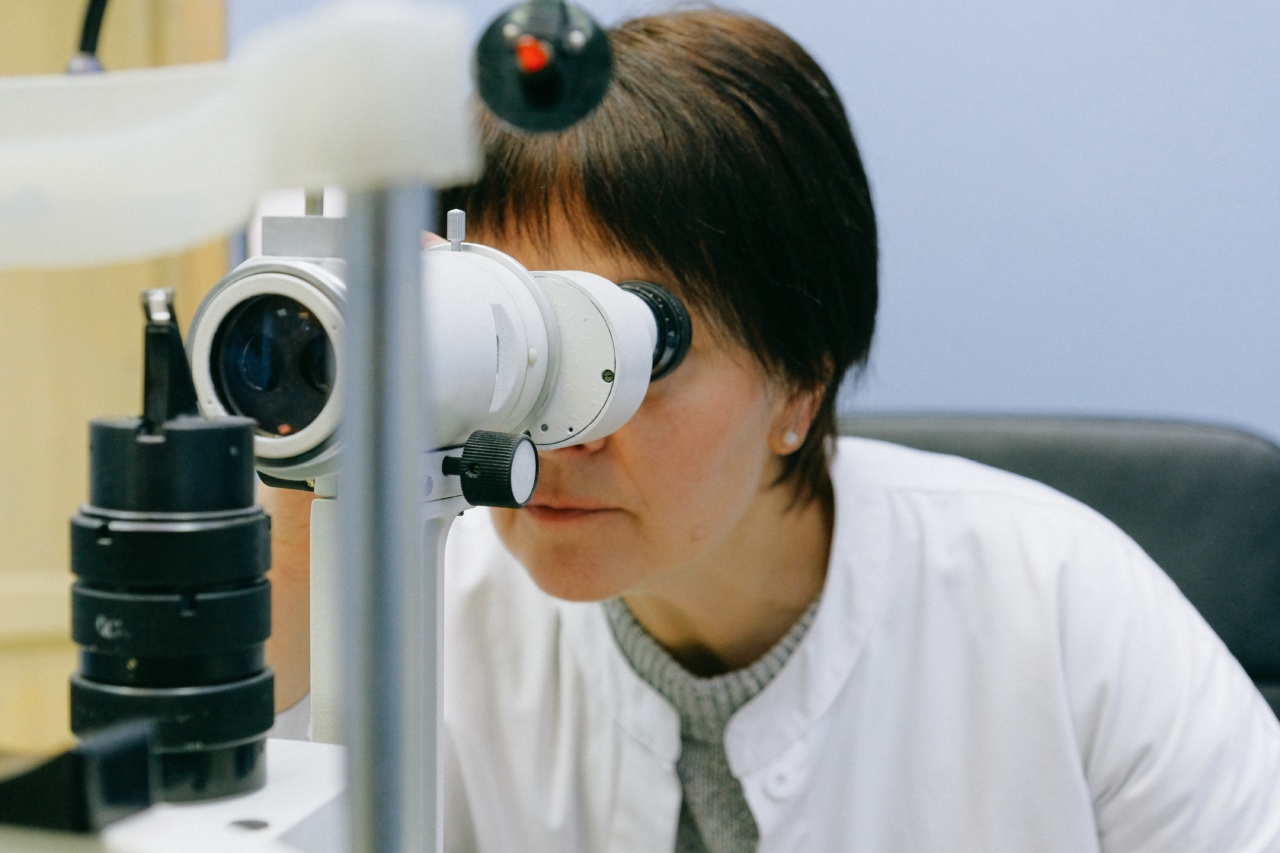Myopia, commonly known as nearsightedness, is a refractive error that affects the eye’s ability to focus on distant objects. It is a common vision condition and can be easily diagnosed through online tests.
Diagnosing Myopia through Online Tests
Online tests for myopia are a convenient and efficient way to determine if you have nearsightedness. These tests typically involve a series of visual acuity tests and other related questions to assess your vision.
They are designed to provide an initial indication of whether you may have myopia and should seek further professional evaluation.
The Importance of Hypertrophy Diagnosis
Hypertrophy, also known as farsightedness, is a refractive error that affects the eye’s ability to focus on nearby objects. While it is less common compared to myopia, accurate diagnosis of hypertrophy is crucial to ensuring proper eye care.
Online Tests for Hypertrophy Diagnosis
Similar to myopia, online tests for hypertrophy can provide an initial assessment of your vision and indicate whether further evaluation is necessary.
These tests usually involve visual acuity tests and questions related to near vision, enabling you to determine if you may have hypertrophy.
The Challenge of Presbyopia
Presbyopia is an age-related vision condition that affects the eye’s ability to focus on close-up objects. It typically occurs after the age of 40 and is an inevitable part of the aging process.
Early diagnosis of presbyopia is crucial for effective management and care.
Online Tests for Presbyopia Diagnosis
Online tests for presbyopia can help you assess whether you may be experiencing age-related vision changes. These tests often include near vision tests and questions related to close-up focus.
By identifying the symptoms of presbyopia, you can take appropriate measures to ensure optimal eye health.
Understanding Astigmatism
Astigmatism is a common vision condition that occurs when the cornea or lens of the eye is irregularly shaped. This irregularity causes blurred or distorted vision. Accurate diagnosis of astigmatism is vital to provide appropriate corrective measures.
Diagnosing Astigmatism through Online Tests
Online tests for astigmatism can identify potential irregularities in your cornea or lens and help determine if you may have this vision condition. These tests often involve visual acuity tests and questions related to distorted or blurred vision.
Early detection and treatment are essential for managing astigmatism effectively.
Seeking Professional Evaluation
While online tests can provide a preliminary indication of myopia, hypertrophy, presbyopia, or astigmatism, it is important to remember that they are not a substitute for professional eye care.
If you suspect you have any of these vision conditions or are experiencing changes in your eyesight, it is crucial to consult an eye care specialist for a comprehensive evaluation.
Importance of Regular Eye Exams
Regular eye exams are essential for maintaining good eye health and managing vision conditions.
Even if online tests indicate that you may have myopia, hypertrophy, presbyopia, or astigmatism, it is crucial to schedule regular check-ups with an eye care professional. Comprehensive eye exams can provide accurate diagnoses, personalized treatment plans, and monitor the progression of your vision conditions.
Conclusion
Accurate diagnosis of myopia, hypertrophy, presbyopia, and astigmatism is possible through online tests.
However, it is important to remember that these tests provide initial indications, and seeking professional evaluation from an eye care specialist is crucial for proper diagnosis and management. Regular eye exams are essential for maintaining good eye health and ensuring appropriate treatment for vision conditions.



























